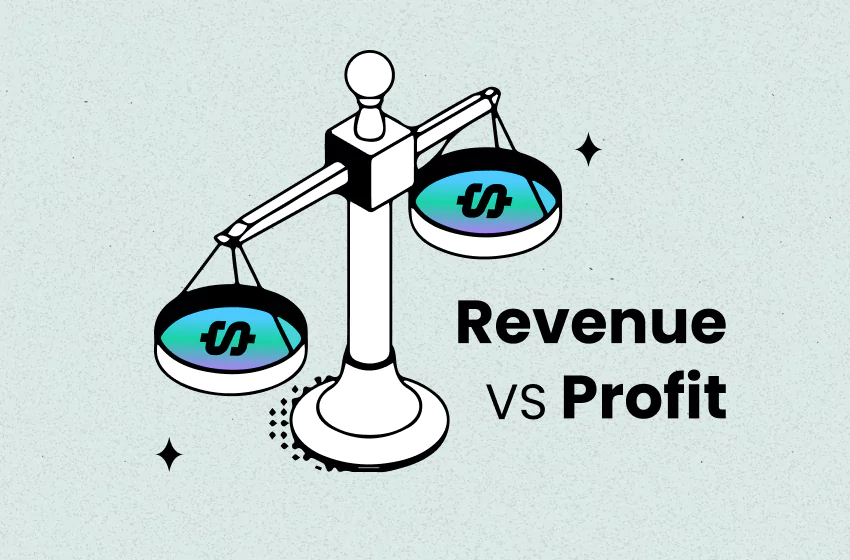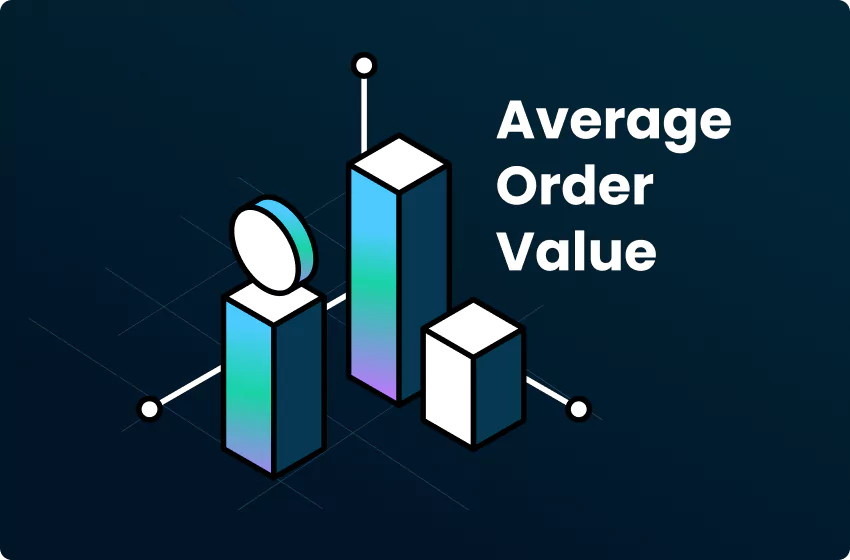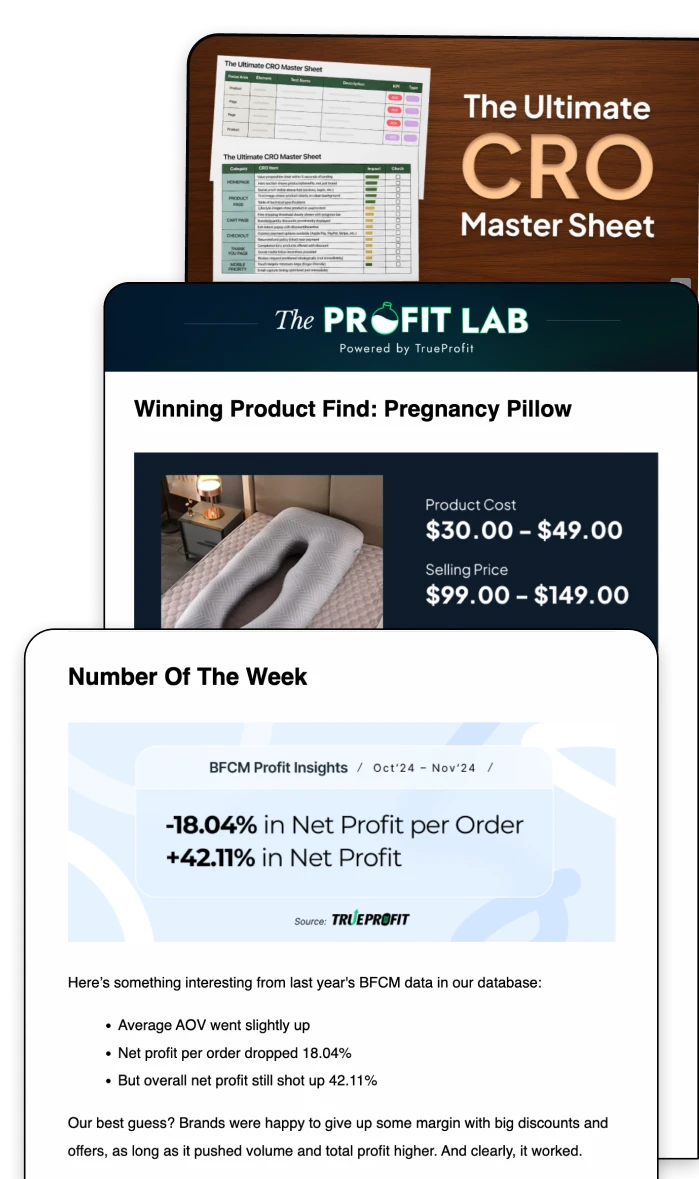Profit vs Revenue: All The Differences Explained

For both business owners and stock investors, the most crucial metrics to pay attention to are profit vs revenue. Both are significant indicators of how well your company is doing, but these are not interchangeable terms.
Profit refers to net income after deducting expenses from earnings, whereas revenue refers to income gained through business operations. Yet, that’s not everything!
So, let's dig deeper into the profit vs revenue definition and their differences and see which matters more.
Profit At a Glance
First off, let’s learn about the profit! Here you will find its definition and the factors that impact your profit.
What is profit?
Profit is frequently referred to as net profit, also known as the bottom line (since it’s the last metric on the income statement). Profit is the amount of income left over after all costs, obligations, other sources of income, and operating costs have been taken into account.
Besides net profit, there are other types of profit that can be used to analyze your company's performance. Gross profit and operating profit are the other profit indicators that are usually analyzed along with net profit.
And here are the differences between these three profit metrics:
- Gross profit: Revenue less the cost of goods sold (COGS) will arrive at gross profit. Although the COGS differ by industry, they all have the same basic structure: They are the expenses directly related to sales. The gross margin of your business provides you a decent notion of how much you may mark up the products or services in comparison to the costs you pay to suppliers.
- Operating profit: Operating profit is calculated by taking gross profit minus expenses. Rent, salaries, insurance, and other essential operational costs fall under the category of operating expenses. You can see how much money your core business is making by analyzing your operating profit.
- Net profit: Net profit is the amount that remains after all other costs have been paid. This includes one-time fees (legal settlements), taxes, and interest costs. These costs can differ significantly from year to year.


A real-life example of how profit metrics appear on the income statement (Source: Pepsico's Consolidated Statement of Income)
As a Shopify merchant, you can see your profit insights in the Analytics section. However, Shopify reports only show you generic profit data like Gross Profit and Gross Profit Margin.If you run ads on many channels and have lots of fluctuating custom expenses, Shopify Reports don't show how much you're actually making (or losing).
So, if you want to improve your profit margins with data-backed decisions, install TrueProfit to your Shopify store. The app will let you know your store's profits & losses, breakdown insights for each variant and order, and more. All are on auto-pilot, with real-time update.
What affects profit?
Profit being a part of revenue means that any factors that affect revenue also affect profit. However, as there are more numbers included in the computation, there are more factors that have an impact on profit.
- If your business sees rising marketing expenses or ad spends, your profit may go down. Specifically, when you are spending too much money on promoting your products to have more sales, but the results are not desirable. That means what you earned is less than what you paid for, which leads to a loss in profit.
- Companies frequently focus on operating costs, which are the costs incurred to operate their businesses. Without having to sell more products, you can lift up your profit by reducing operating costs and expenses. You can find several operating costs that PepsiCo has spent to run and grow their business, extracted from their
- You should also be conscious of net profit by taking taxes and interest into account. Companies must use careful planning and put legal avoidance measures into place to avoid taxes. If your business can keep both in place, it will lower both of its costs and ultimately boost profit.
Revenue At a Glance
In this part, you will have a look at the definition of revenue and which factors have an influence on your business’ revenue.
What is revenue?
As revenue appears at the top of the income statement, it is frequently referred to as the top line. Revenue is the amount of money that your business makes before deducting its costs.
Take a look at the Financial Reports - Vinamilk - the largest dairy company based in Vietnam. As of March 2023, you can find their revenues reported at the beginning of the income statement.
Revenue refers to earnings from operations. Sales are the most common source of revenue, but your company may also make money from fees, interest, rentals, taxes, gifts, grants, investments, and other sources.
There are 2 main revenue you need to focus on:
- Gross revenue: It represents the total of all business revenues. Gross revenue of a manufacturing business would include all goods sold, regardless of the cost to make them. Gross revenue of a non-profit organization would include all income raised through fundraising, gifts, grants, etc. Operating revenue and non-operating revenue, which refers to incidental or supplemental sources of income, are two categories of gross revenue.
- Net revenue (or net sales): It is gross revenue less returns and allowances, such as sale promotions and purchase discounts. In essence, net revenue is the actual sum of money that the business had in its bank account at the end of the reporting period. Net revenue is frequently used by businesses to determine payments to their sales team.
What affects revenue?
Your company's ability to generate income as part of its operations can be affected by a variety of factors.
- Your business may see a rise in revenue if its goods or services are in high demand. On the other hand, a decline in demand may result in a drop in your revenue.
- Pricing is an important consideration when deciding your company's revenue. Therefore, you need to be mindful of what you charge. Your company may experience a decline in demand if you set prices too high.
- Your company's revenue may decrease as a result of outside competition. By impacting your company's market share, competition can have an impact on its revenue. As a result, your business may have to reduce its rates if there is a fierce competition or risk losing out on some customers entirely.
- The state of the economy as a whole also affects how much money your company will make. For instance, consumer spending may decline during a recession, leading to lower sales.
Profit vs Revenue: How Do They Differ?
Now that you know what is profit vs revenue and their purposes, let's compare their differences.
The income statement, commonly referred to as the profit and loss statement, lists revenue and the different kinds of profit. The location of each figure on an income statement is one of the main distinctions between profit vs. revenue.
Profit is always stated further down since it includes expenses, but revenue is always placed near the top because it is less inclusive. This leads to yet another important distinction. That is, profit shows both inflows and outflows, and revenue includes the money received.
Moreover, each metric is used differently by businesses for making judgments. When determining what inventory to create, businesses frequently base their decisions on expected sales volumes, which means they primarily rely on revenue estimates.
However, when choosing how to spend future capital effectively, businesses are more focused on profit. You may choose to invest more heavily in business expansion if you anticipate high-profit seasons. Otherwise, you can decide to increase its reserves.
Last but not least, accounting regulations can have an impact on each category. However, revenue is frequently a more accurate number that is less prone to variation from bookkeeping. Management estimates and more broad ledger account balances could be used when accounting for profit.
Overall, revenue is the result of your efforts to grow sales, while profit is what you have left when deducting all the costs. Hence, revenue may not be in direct ratio to profit. In other words, high revenue won’t equal high profit.
Profit vs Revenue: Which Matters More?
After knowing the differences between profit vs revenue, you might be wondering which one is more important.
Although both are critical, profit paints a clearer picture of your company's financial situation. This is due to the fact that your company's liabilities and other costs, such as payroll, are already taken into account when determining the profit.
In particular, net profit margin takes into account all recurring costs and illustrates how effectively a company is handling all aspects of the situation. Gross profit margin, on the other hand, reveals business patterns in sales and manufacturing expenses.
A high revenue doesn't inherently translate into a big profit. Sometimes, it can be the opposite if you overspend on operating costs, fees, and expenses. For instance, if you earn $10,000 in revenue after spending $15,000 on ads, you're actually losing.
We've talked about this in length in this article: Revenue vs. Profit: How Focusing on Revenue Can Harm Your Dropshipping Business.
Profit vs Revenue - FAQs
- Is profit vs revenue the same?
Profits vs revenue are not interchangeable terms. Profit is revenue left after subtracting COGS and all the costs associated with running your business.
- Can profit be higher than revenue?
The top line, or revenue, appears at the top of a company's income statement. The bottom line is used to describe profit, on the other hand. Due to the deduction of costs and liabilities, profit is less than revenue.
- Are you taxed on revenue or profit?
Depending on the market, but typically only revenue is taxed.
- How do you calculate profit from revenue?
You can calculate profit from revenue by using this formula: Total Revenue - Total Expenses = Profit.
Profit vs Revenue: Final Thoughts!
Profit vs revenue is two crucial metrics that appear on your company's financial statement. The top line of a business is the revenue; the bottom line is the profit.
The key difference between profits and revenue helps you understand that profit is of more significance as it takes into consideration all of a company's costs, such as labor, debts, taxes, and other expenses.
Hence, you should track your profit on a real-time basis to get a better grip on your business performance. And it is highly recommended to find a profit tracker app to help you with this!
Discover what proper profit-tracking looks like at trueprofit.io
Irene Le is the Content Manager at TrueProfit, specializing in crafting insightful, data-driven content to help eCommerce merchants scale profitably. With over 5 years of experience in content creation and growth strategy for the eCommerce industry, she is dedicated to producing high-value, actionable content that empowers merchants to make informed financial decisions.





![Amazon Seller App: Everything You Should Know About [2025]](https://be.trueprofit.io/uploads/Amazon-Seller-App-1.png)

![How To Make Money On Amazon: 8 Battle-tested Ways [2025]](https://be.trueprofit.io/uploads/How-to-Make-Money-on-Amazon_-Strategies-for-Success.png)



 Shopify profits
Shopify profits